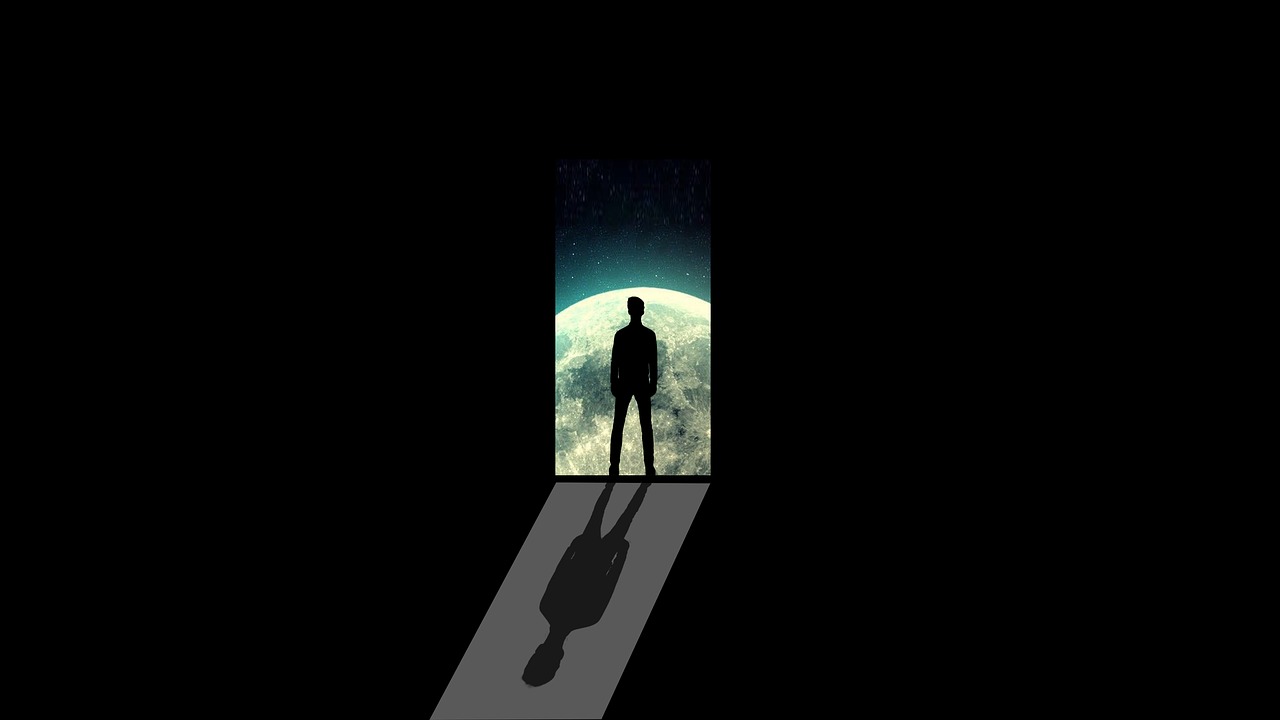Visual designer. Graphic designer User interface (UI) designer. User experience (UX) designer. Web designer.
Various designer job titles are there or are they all just fancy names for the same thing?
If you’ve heard these terms thrown around, you might be confused about what they all mean. And more importantly, you might be wondering which one is the right career path for you.
When I got my start in tech (five years ago), the title was pretty much just “graphic designer” or “web designer.” I was never quite sure what to call since I heard about both web design and print design, so I ended up using both titles.
It can all get pretty confusing. That’s why, in this article, I’m breaking down the difference between these 3 common terms we use to describe designers—graphic designer, visual designer, and user interface designer.
What does a graphic designer do?

Graphic designers probably have one of the best-known job titles in the world of design and tech. But can you define what they actually do on a day-to-day basis?
Graphic designers often work more with print designs and deliverables, like posters, brochures, invitations, and business cards, among other things. That said, they also occasionally create user interface design assets for the web, like logos and icons.
Graphic designers have to know the fundamentals of design: things like color theory and typography. They also need to know how to build brand assets (like logos) and make sure they’re consistent across all the designs for a brand.
Graphic designers do most of their work in Photoshop, Illustrator, and InDesign (3 Adobe products you’ll learn to use in the Skillcrush Visual Designer Blueprint!), although some designers are turning to Sketch as an alternative to Photoshop (it’s only on Mac right now!).
One thing graphic designers don’t need to know is how to code. Any coding for a project is left to a developer (likely a front end developer).
What does a UI designer do?

User interface (UI) designers are responsible for the “look and feel” of a website, app, or other product. In other words, they’re the ones who add colors, pair typefaces, and set layouts.
UI designers work exclusively on the web, rather than primarily in print like a graphic designer. Because of that, they need to have a very deep understanding of user experience and web design.
They build websites, web apps, and web layouts in general, and need to have strong wireframing skills in their design toolkits. They should be proficient with HTML and CSS so they understand how their designs will work on actual websites, apps, and products, and for the same reason, it helps if they have at least a base understanding of JavaScript (or better yet—be comfortable actually writing JavaScript code).
Like graphic designers, they also need to have a strong grasp of general design fundamentals like color theory and typography.
Like graphic designers, UI designers do most of their work in Photoshop, Illustrator, and InDesign. But they also do a lot of work in wireframing software that allows them to show clients and team members how their design will work in practice.
What does a visual designer do?

Visual designers are the problem solvers of the design world. Rather than just bringing brands to life, they play a key role in defining what goes into a brand’s unique style and voice. In addition to creating beautiful designs, they know how to explain design concepts and the decisions behind their work.
Visual designers do a ton of different things in their day-to-day work. It’s a bit of a hybrid between what graphic designers and UI designers do, but with a bunch of other skills thrown into the mix. They have to understand user experience, user interface, and web design. At the same time, they don’t have to know how to code (though as with most jobs in tech, bonus points if you do have at least basic coding skills).
Visual designers rarely work on print products, but they do need a strong understanding of graphic design, identity design, and branding. They need to have exceptional visual messaging and communications skills, too.
They work primarily with web layouts and deliverables, including things like icons, infographics, logos, and presentations. They also have to be familiar with industry-standard software (Adobe and Sketch, primarily), plus they need wireframing skills like a UI designer.
Finally, visual designers need to be aware of how front-end developers work, and the languages they use. While a visual designer doesn’t need to know how to code, they at least need to know how to communicate with those who do, and how to create designs that take into account what is possible in the code.
So which one is right for you?
Graphic design jobs, while still out there, are dwindling. If you don’t have web skills, it will be increasingly difficult for you to find high-paying work. Practically every brand out there now has a web presence, and many have a stronger presence online than they do in print. To that end, knowing how to design for the web gives you a much stronger position in the job market.
If you’re super interested in coding and the more technical end of design, UI design can be a great option. Some UI designers do at least some coding regularly (though not all of them do).
Visual design is great for those who want a more well-rounded design career, with little or no coding. Visual designers do everything from working on branding to designing websites and web apps. Be sure to check out the brand new Visual Designer Career Blueprint to get started!





